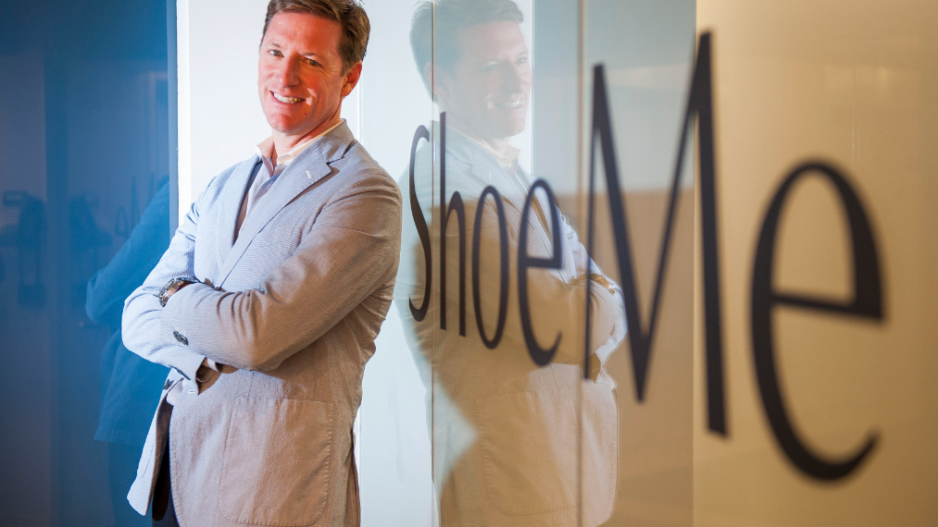E-commerce companies spend lavishly on marketing to lure customers, but a recent report says the most costly mistake they make is failing to follow up after a customer pays.
“A lot of e-retailers are so focused on the buying and shopping experience that they often fail to realize that what happens next is incrementally imperative to their long-term success,” notes a May report from e-commerce software provider TrueShip.
Successful local e-commerce entrepreneurs agree it takes a substantially higher investment to win a new customer than to get an existing customer to make another purchase.
Predictable ways of satisfying e-shoppers include delivering the purchase within the promised time, having an easy and free returns policy and providing a small token of appreciation for completing the sale, such as a gift with purchase.
Learning what customers’ biggest gripes are is invaluable, however, and it saves the guesswork, said SHOEme CEO Roger Hardy, whose company sells shoes online.
He is a devout follower of Bain and Co. fellow Fred Reichheld’s system of determining what Reichheld calls “net promoter scores.”
The strategy involves emailing customers after their purchase and asking them to provide feedback on their experience and rank on a scale of one to 10 whether they would refer the company to a friend or relative.
“You count all your nines and 10s and then subtract all the scores that are zero through six,” Hardy said. “It’s an objective way to put a number and assign a value to your customer’s experience. Ultimately what it tells you is the likelihood of a customer returning.”
E-commerce giants such as Amazon.com Inc. (Nasdaq:AMZN) use the system, as do smaller players such as Vancouver’s Indochino.
“The average score for a company is about 12,” said Hardy, who founded and then sold the online eyewear seller known as Clearly Contacts in Canada and Coastal Contacts in the U.S.
“When I started using the system at Coastal Contacts the average score was in the 50s. When I left it was in the high 70s or early 80s and business was booming because more customers were coming back more frequently.”
Hardy’s emailed surveys also ask customers to explain why they gave their scores. That feedback identifies what Hardy calls “pain points.” Many companies, he said, do not know where the touch points are that cause pain for their customers, and they’re not proactive enough to listen to the customers who are telling them how to fix their business.
Since Hardy sold his online eyewear giant for $430 million, Coastal Contacts has made some changes, such as eliminating a first-pair-free promotion, providing free shipping and not providing small bottles of lens cleaner with purchase.
The company told Business in Vancouver in a statement that the changes were based on “feedback” as well as a concern over quality.
Craig Patterson, who is a retail analyst and owner of Retail Insider Media Ltd., told BIV that not providing the small bottle of lens cleaner could be a risky move.
“If you start cutting back on what you’ve done before, you risk alienating, or at least perturbing, your core customer,” he said.
Deloitte associate partner and retail specialist Rick Kohn agreed. He said “cutting corners is something consumers notice” and that it’s a dangerous practice because the moment when a customer opens a delivery should be one of joy and therefore the entry point to a future transaction.
One low-cost way that London Drugs attempts to provide the wow factor when customers open e-commerce deliveries is by inserting into each order a thank-you note that also contains a photograph of the person who packed the order.
“This little touch makes it so e-commerce isn’t a faceless experience,” said London Drugs COO Clint Mahlman. “We’ve built our reputation on service and personal connections, so this is the kind of extra thing that makes a difference.” •




